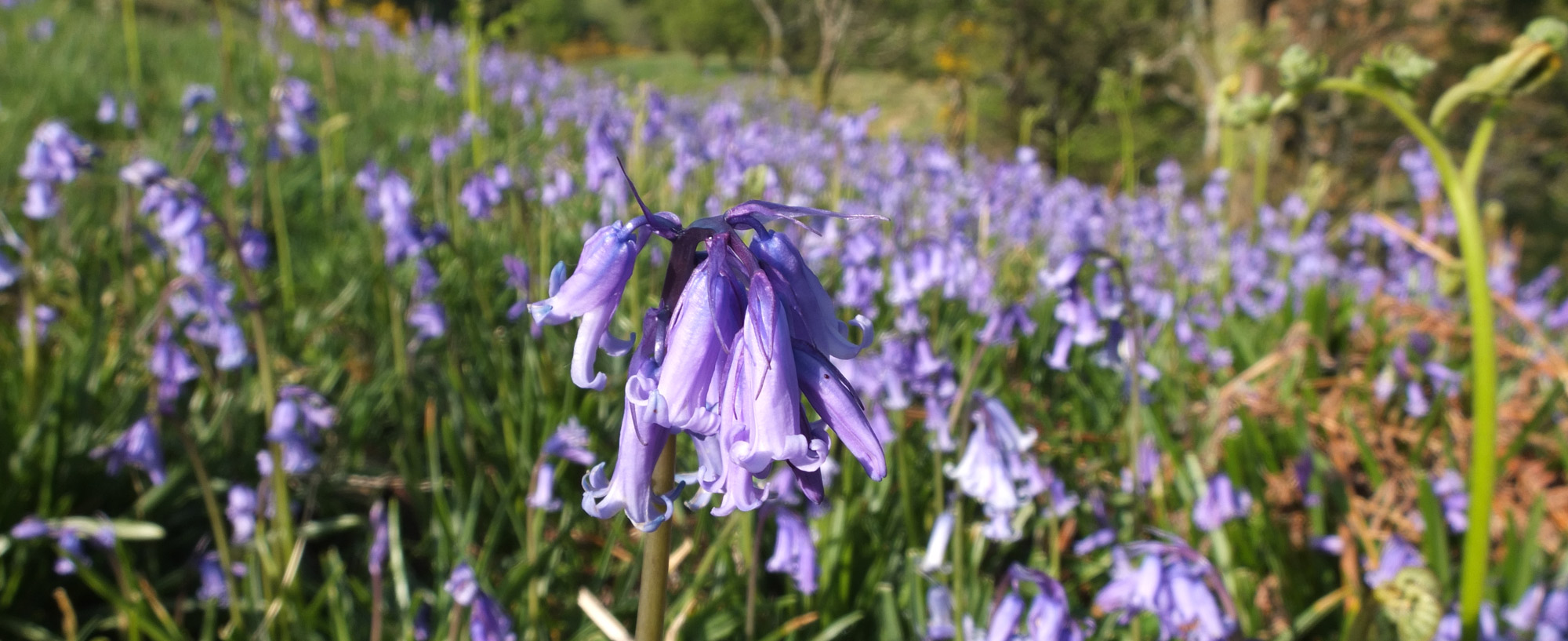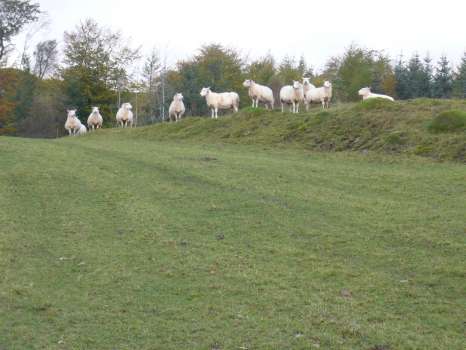Haven’t the bluebells been amazing this spring? With the cool, wet weather punctuated by a few days of mid-twenties temperatures last weekend, the bluebells have really come on this week. One of the few benefits of having to fell our larch trees because of Phytopthora ramorum this winter has been that it opened up the forest, letting in light to the many half-dormant patches of bluebells struggling under the heavy shade of conifers. The extra light has benefited flowering and if they seed well they should spread further throughout our woods in the next few years.
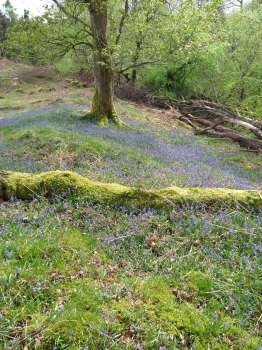
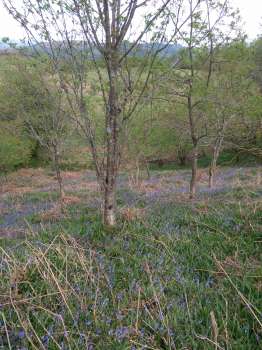
There has been much talk recently about ‘rewilding’ in the UK particularly up here in the Lake District. Much of the discussion is contentious and ends up revolving around the question “What is land for?”. Unfortunately, it is too often regarded as a binary choice. For conservationists rewilding means reinstating natural processes where nature can take care of itself, however for farmers land is for growing food. Here in the Lakes generations of hill farmers take great pride in their livestock. For them rewilding is an alienating term, interfering with what they believe their land is for.
What is needed, I feel, is some joined up thinking. Farming/gardening and nature are two sides of the same coin. Agreed, the word ‘rewilding’ implies that it is nature versus humans but what about this? If one just calls it ‘wilding’ then it opens up the possibility that humans and nature can benefit each other. Why can’t we grow food and encourage wildlife? On a small scale wilding can include not mowing a part of one’s lawn to benefit insects or on a farm scale planting woodland on an unproductive corner of land. Wilding should be seen as an opportunity rather than a threat. At Yewfield, for example, an unproductive part of the garden planted with Rhododendron ponticum has been replanted with hazel and a variety of ground cover plants for pollinators. We call it coppice gardening.
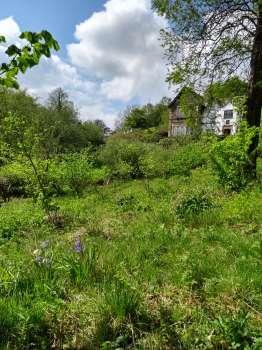
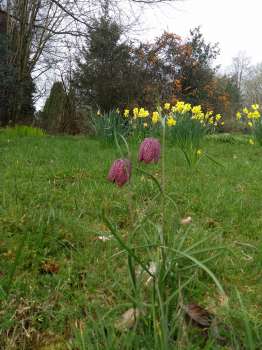
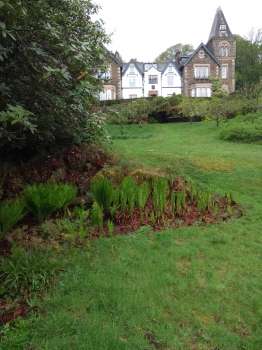
In this and future blogs we shall feature a plant portrait. This week it is Prunus ‘Tai Haku’. What could be more emblematic of spring than cherry blossom. The pure white fragrant flowers covering a leafless tree is a fleeting but memorable seasonal treat.
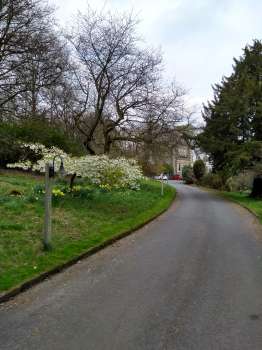
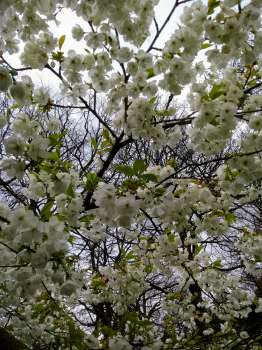
We saw a cuckoo today on a stroll through the forest hunting bluebells. Black caps and chiff chaffs have arrived. The dawn chorus is in full flow. Spring has finally sprung and isn’t it a wonder!
Go back to all blog posts or read the next entry in our blog here →
You can also read the previous blog post here.
